
Scheelite and wolframite are the main tungsten resources in the world. Due to the long-term over-exploitation of wolframite, its resources have been declining year by year. Therefore, scheelite is one of the main minerals currently used in the development and utilization of tungsten resources. How to obtain high-grade scheelite resources, its beneficiation method is particularly important. The beneficiation method of scheelite can be determined according to the dissemination characteristics of its ore. Generally, the gravity separation method, the gravity separation + flotation combined method and the single flotation method can be used. Gravity separation method is used for the recovery of coarse grain embedded scheelite ore, and flotation method is mainly used for fine grain embedded scheelite ore recovery and fine mud recovery. The following will mainly introduce the gravity separation process and flotation process of scheelite.
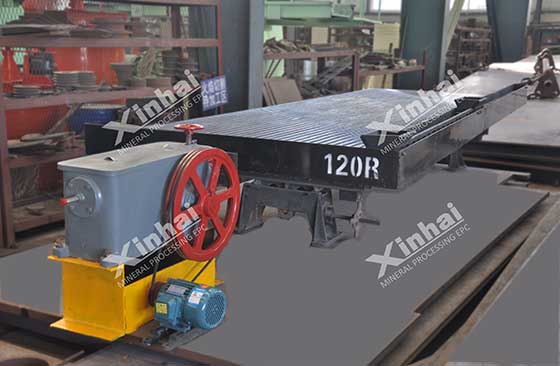
When the scheelite is a coarse-grained interspersed ore, the gravity separation process is generally used for separation. Because the density of coarse-grained scheelite is 6.8g/cm³, which is similar to wolframite and fluorite, but far heavier than gangue minerals such as quartz and feldspar. Therefore, the gravity separation method is suitable for the treatment of coarse-grained scheelite. Because scheelite is brittle, it is easy to slime during the grinding process. Therefore, to avoid sliming of the scheelite during the grinding process, the concentrator should recycle the scheelite with a relatively coarse grinding particle size under the conditions that the basic monomer dissociation of the scheelite is satisfied. Alternatively, segmental crushing and screening, grinding, grading and sorting can also be used, so that the gradually dissociated scheelite can be recovered. Because this method is suitable for relatively coarse-grained scheelite, if the fine-grained scheelite produced in the crushing and grinding process continues to be classified by the gravity separation process, it will produce unsatisfactory recovery effect. Therefore, for fine-grained scheelite, the flotation method is used for sorting. When carrying out the gravity separation process of scheelite, spiral chute, shaking table and centrifugal concentrator can be used.
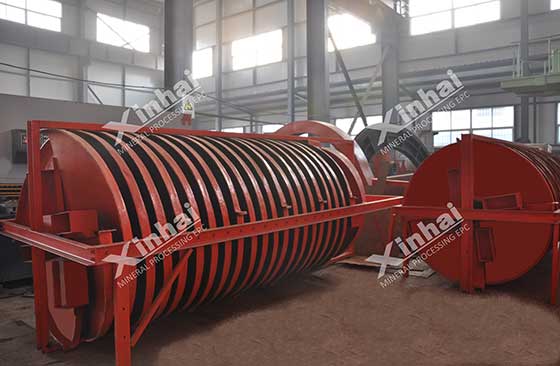
Natural scheelite is associated with molybdenum, copper, iron, lead, zinc and other sulfide minerals. These sulfide minerals have the economic value of comprehensive recovery. In addition, if they are not recovered, the sulfide minerals will enter the scheelite flotation process and interfere with the flotation effect, thereby affecting the grade of the scheelite concentrate. Because the floatability of these sulfide minerals is better than that of scheelite, the concentrator can give priority to flotation of sulfide ore in production and then to scheelite. Scheelite flotation can be divided into two types: heated flotation and normal temperature flotation.
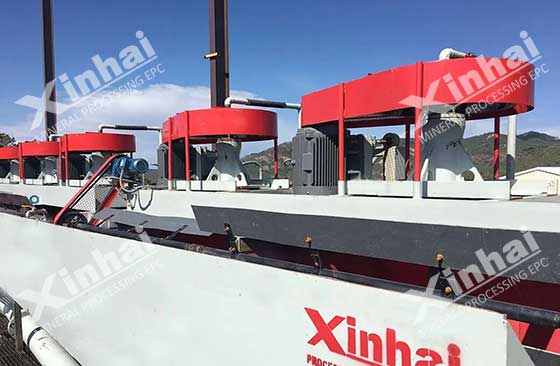
(1) Heating flotation: When the heating flotation process is adopted, the adjustment agent sodium carbonate and water glass, and the collector oleic acid are added to the pulp, and the roughing at room temperature is carried out after stirring evenly. The scheelite rough concentrate obtained by roughing is concentrated, and then a large amount of water glass is added for stirring under high temperature conditions (90-95℃). After a long time of stirring, the resolution speed of the mineral surface to the collector film is different, the gangue minerals are inhibited, and the scheelite is still hydrophobic and floatable. Finally, the pulp is diluted for separation of scheelite at room temperature.
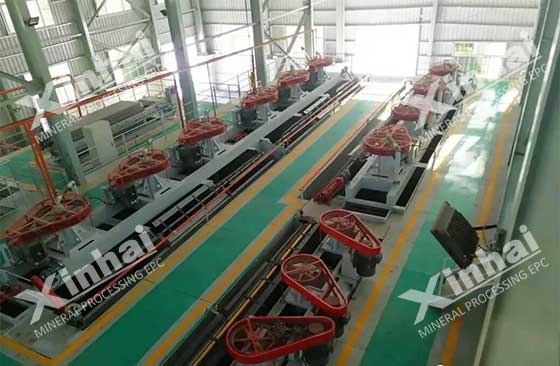
(2) Normal temperature flotation: During normal temperature flotation of scheelite, the roughing and selection are carried out at normal temperature. Different from the heating method, the normal temperature method pays more attention to the roughing stage. The technical key of the normal temperature flotation process is to strengthen the selectivity of gangue minerals in the roughing operation to obtain a higher enrichment ratio. There are three main methods for strengthening the inhibition of gangue minerals in roughing operations: one is to use mixed inhibitors, such as lime + sodium carbonate; the other is to use high-efficiency collectors, such as CF collectors, and the third is to use different water glass modulus which will produces different inhibitory effects on gangue minerals.
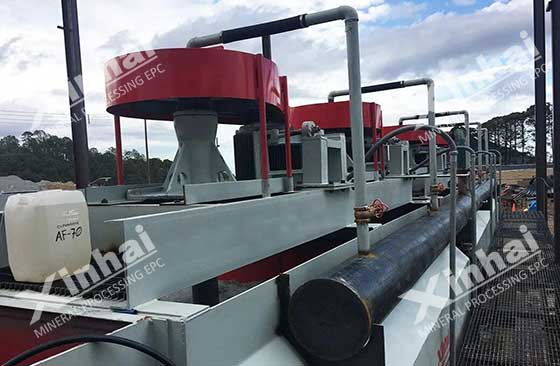
The above is the introduction of gravity separation method and flotation method of scheelite. In actual production, the concentrator should choose the appropriate beneficiation method according to the characteristics of the ore itself, because the ore origin is different, and its ore-forming conditions are also different, which will lead to large differences in the composition of the minerals. Therefore, before the beneficiation, it is necessary to conduct a beneficiation test and formulate a suitable beneficiation process. Xinhai, as the proposer and practitioner of the whole mining industry chain (EPC+M+O), can provide you with reasonable beneficiation tests and customize suitable beneficiation process. In addition, we can provide you with a complete set of high-efficiency scheelite beneficiation equipment, if necessary, welcome to consult.
To find out more about our products and solutions, please fill out the form below and one of our experts will get back to you shortly.